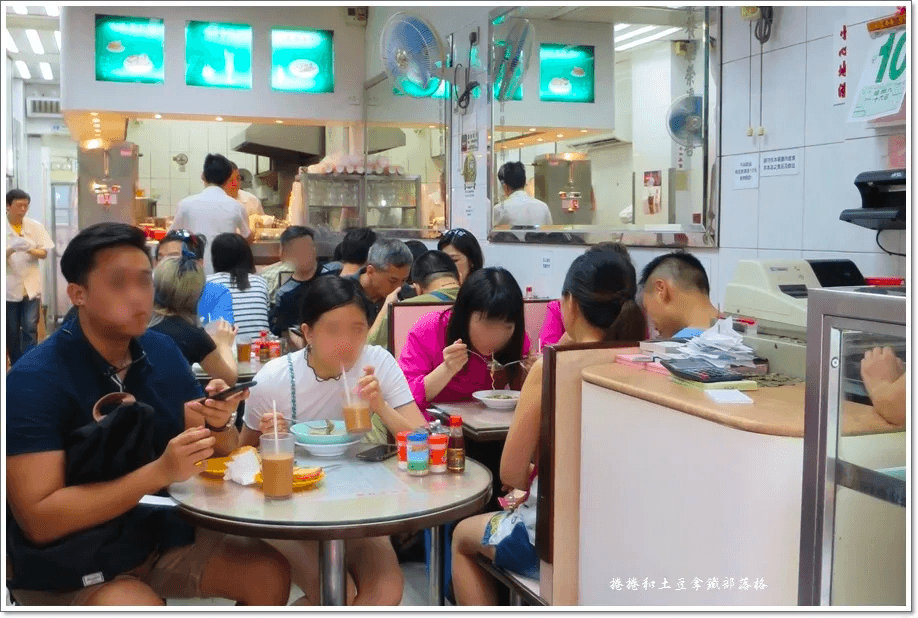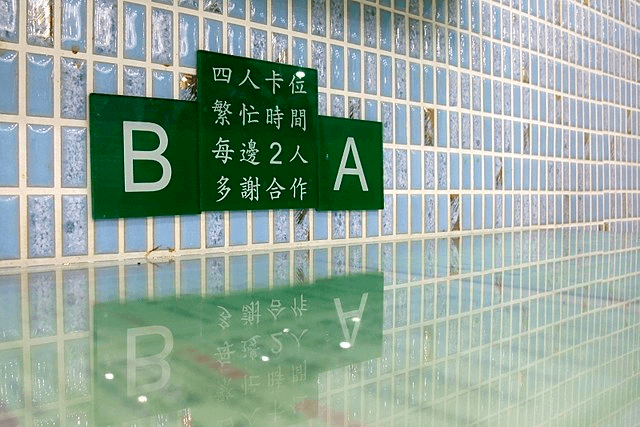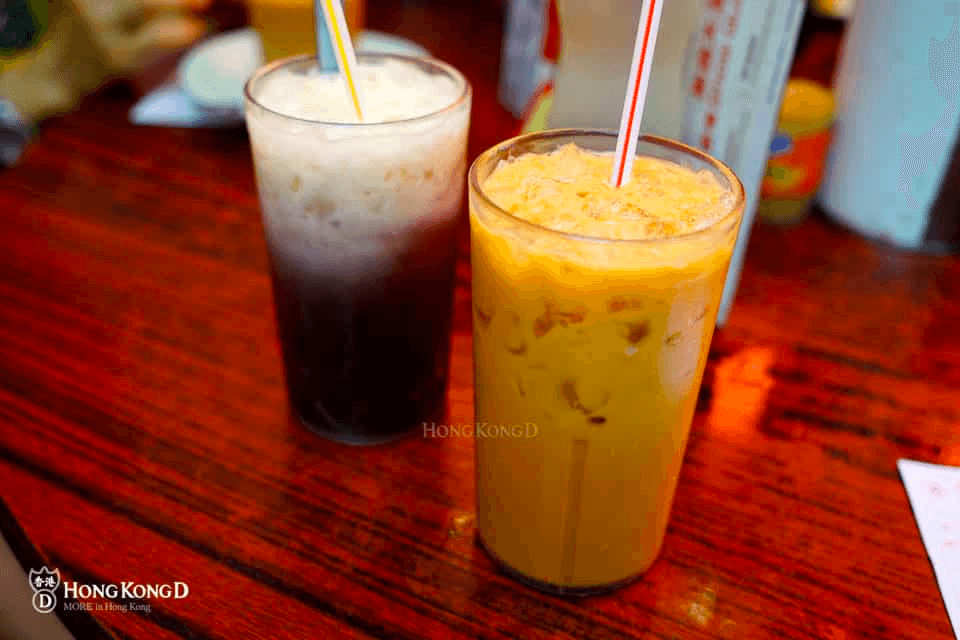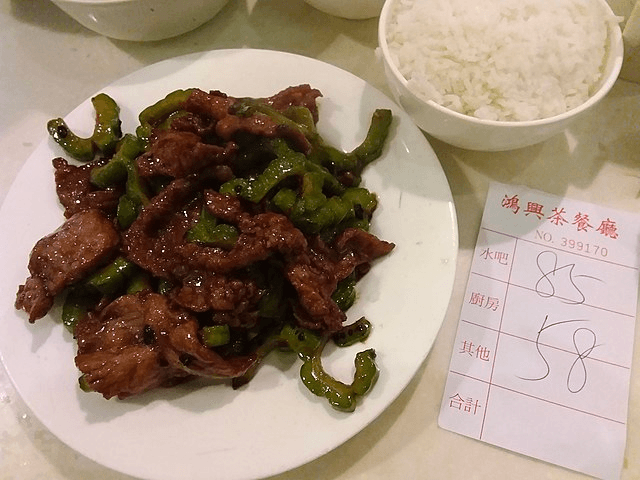Guide to Eating at a Cha Chaan Teng
Have a stress-free cha chaan teng experience
Hong Kong is an Asian destination with one of the most exciting food scenes. With a fusion of Chinese and Western culinary traditions, Hong Kong boasts a wide variety of very tasty and flavourful food. In the center of it all are the Cha Chaan Tengs, a type of Hong Kong diner that is a very big part of the daily lives of the locals. No visit to Hong Kong will be complete without having a meal at a Cha Chaan Teng.
If you are visiting Hong Kong and can’t speak Cantonese, you could find visiting Cha Chaan Tengs rather intimidating. Fret not, we have prepared a guide to help you get the most out of your Cha Chaan Teng experience.
What is a cha chaan teng?
Cha chaan teng (茶餐廳), which literally means ‘tea restaurant’, is a type of cafe-restaurant in Hong Kong that is comparable to a diner. Established during the British colonial era, the food at Cha Chaan Tengs are mostly Hong Kong-styled Western Food.

Cha chaan tengs are known to serve affordable and no-frills meals, and the efficiency in services is a key characteristic at cha chaan tengs. You will get your meals fast, but it also means that they expect you to be equally efficient in deciding what you want to eat, and to leave almost as soon as you’re done eating so they can turn around the tables fast.
Don’t expect the cha chaan tengs to have great service, but if you are simply looking for a quick meal — or if you are simply want to experience the local dining experience — cha chaan tengs are your answer.
What to expect when visiting a cha chaan teng?
When entering the cha chaan teng, don’t expect to be warmly welcomed. Don’t feel intimidated by the attitude of the staff, and simply let them know how many people there are in your party. If they don’t assign you with a seat, you can go ahead to sit wherever you want. Some things to note:
- Sharing of tables is common at cha chaan tengs, especially during peak hours. Do not be surprised if you are asked to join another table.
- If you are in a party of two and assigned a booth table that’s meant for four, instead of sitting opposite each other, you’ll be expected to sit side-by-side. This is to facilitate the sharing of tables so that the other side of the table can accommodate another party of two — and when you are done with your food, you will be able to leave without bothering the other group.

From the point where you are seated, you don’t have much time to think about what you want to eat before the staff asks for your order. In case you were expecting them to walk to your table to take your order, you may want to note that that’s not always the case, and they could possibly ask for your order when they’re at the counter (or from anywhere in the shop, really).
After you place your orders, you will be served a first cup of tea or water. This is typically not meant for drinking. Instead, you can use it to clean your utensils or fingers by dipping them into the tea/water.
What to order at a cha chaan teng?

The menus at cha chaan tengs are typically in Chinese. If you can’t read Chinese, you can request for an English menu — they would usually have one, but in case they don’t, here are of some keywords that you will commonly see on a cha chaan teng menu.
公仔麵 (Gong Zai Meen): Instant Noodles
The gong zai meen refers to instant noodles that are served with a broth. Some typical toppings that are served with gong zai meen include luncheon meat, beef, pork chop, or chicken chop. Most cha chaan tengs also allow you to change out the gong zai meen for other forms of noodles like macaroni or udon.
撈丁 (Lou Ding): Dry Instant Noodles
Lou Ding refers to instant noodles that are served without the soup. These noodles are typically mixed with sauce and other ingredients. The best combo of mixed instant noodles comes with char shiu or chicken wings with grated ginger and spring onion. Some cha chaan teng also mix the instant noodles with cheese.
通粉 (Tung Fan): Macaroni
Tung Fan is a popular breakfast item and it usually is served in a clear broth with egg and luncheon meat or ham. Some cha chaan tengs also have the macaroni in a tomato broth. Macaroni is sometimes also abbreviated 通 (Tung) on menus.
意粉 (Ji Fan): Spaghetti
Spaghetti is commonly used as the base of the mains at a cha chaan teng. Some of the typical culinary methods include baking, boiling, or frying. Apart from the culinary method, you will also be able to choose the toppings that you want to have along with with the spaghetti. Common toppings include chicken chop and pork chop.
豬仔包 (Jyu Zai Bao): Piggy Bun
The ‘Piggy Bun’ is a French baguette** **served with butter and condensed milk, and is a popular item for an afternoon snack.
三文治 (Saam Man Ji): Sandwich
Saam Man Ji simply refers to sandwich, and the menu items usually include a variety of fillings that you can choose from. The 公司三文治 (gung si saam man ji) is the club sandwich which includes fillings like luncheon meat, eggs, lettuce, and tomatoes.
多士 (Do Si): Toast
Do Si refers to toast, and you will usually be able to choose from a few different spreads. Commonly seen options are 奶醬 (naai zoeng - condensed milk and peanut butter), 奶油 (naai yau - condensed milk and butter), 占多 (z*im do - jam), and 占醬 (zim zoeng - *jam and peanut butter). Another variation of the Do Si is the 西多士 (Sai Do Si), or sometimes abbreviated 西多 (Sai Do), which refers to French toast.

Some places also have a minimum order of one drink per pax. For ordering of beverages, 凍 (dung) refers to iced drinks while 熱(yit) refers to hot beverages. Some uniquely Hong Kong beverages you should try include:
- **鴛鴦 **(Yuen Yeung), a mix of milk tea and coffee
- 鹹檸七 (Haam Ning Cat), which is a unique mix of 7-up served with preserved plum and lime. It has a good mix of sweet, salty, and sour all in one sip.
- 紅豆冰 (Hung Dau Bing), a drink made of sweet red beans, evaporated milk, and crushed ice.
After you are done eating…
Don’t be surprised if your plates are cleared almost as soon as you are done with your food, an epitome of the efficiency of the cha chaan teng. While you don’t have to leave immediately, that is also an indicator that you shouldn’t be sitting around too long to rest or talk to your friends after your meal.

The bill will usually be scribbled on a piece of paper after your orders are taken, and typically only contains abbreviations of your orders or simply numbers indicating the price of your orders. Take that piece of paper to the cashier counter to make payment before leaving. If you have exact change, you can simply leave the paper along with the cash at the counter and head off even if there is no one at the cashier.
Note that most cha chaan tengs still use cash as the primary mode of payment, so be sure to have sufficient cash with you! Alternatively, most of them also accept the Octopus card for payment.